Service hotline
+86 0755-83975897
 en
en Release date:2025-02-20Author source:KinghelmViews:1388
In this tutorial, we will study the behavior of a semiconductor in which both impurities (pentavalent and trivalent) are present uniformly, unlike a pn junction which instead presents a doping discontinuity.
Dominant doping
We dope a sample of silicon with pentavalent and trivalent impurities such as phosphorus and alu-minum atoms. The equation that regulates the trend of fugacity z(T) as a function of temperature is the following:
The chemical potential is: μ (T) = kBT ln z (T). In equation (1), the individual terms are: I=number of electrons in the conduction band, II=number of electrons in the energy levels in the bandgap centered at −ε(a), III=number of holes in the valence band, IV=number of electrons in the levels energies in the bandgap centered at −ε(d). The integers N(a)((0)), N(d)((0)) are respectively the total number of pentavalent (acceptor) and trivalent (donor) impurities, while the functions Ce,h (T) have been defined in a previous tutorial and depend on T(3/2). We can now introduce the dimensionless quantities:
Unlike the case examined in the previous tutorial (acceptors), there is no computational advantage in studying the behavior of equation (1) in the low temperature limit, in which the I term is negligible. In fact, the resulting functional equation is still of third degree and cannot be solved analytically. Despite the greater complexity of equation (1), the Mathematica software does not present the round-off (as instead happened in a simulation previously analyzed1). For example, for Na(0)= 100, Nd(0)= 1, we obtain the trend shown in Figure 1. This behavior, in addition to being typical of p-type semiconductors, complies with the definition of Fermi energy εF = μ (0) since in this case the value assumed by the chemical potential at T = 0 coincides with the energy of the most high level occupied at that temperature (actually, we should consider the energy levels centered in −ε(d), but the population of the latter is negligible since Nd(0) ≪ Na(0).
Figure 1: Trend of the chemical potential of a silicon sample doped with Na(0)=100, Nd(0)=1 acceptor atoms and donor atoms respectively
Notation 1 – We remind you that in our simulations the values assumed by the various quantities (Na(0), Nd(0), T) are indicative.
As expected, for Na(0) ≫ Nd(0) the semiconductor is effectively p-type, since the number of electrons in −εd is negligible. In the opposite case, i.e., Nd(0) ≫ Na(0), the semiconductor is actually of the n-type, as confirmed by the graph in Figure 2, where, even for a given temperature range, the chemical potential takes on positive values (typical behavior of a metal).
Figure 2: Trend of the chemical potential of a silicon sample doped with Na(0)=1, Nd(0)=100. For T → 0 the chemical potential settles close to −εd. This behavior is typical of n-type semiconductors
Finally, for Nd(0) = Na(0), we expect the behavior typical of intrinsic semiconductors. This is confirmed by the graph shown in Figure 3. Figure 4 summarizes the individual cases.
Figure 3: Trend of the chemical potential of a silicon sample doped with Na(0)=Nd(0)=100. For T → 0 the chemical potential settles close to −εg/2. This behavior is typical of intrinsic semiconductors
Figure 4: Chemical potential in the three possible cases
Conductivity
In equation (3) we have explained the temperature dependence for the various quantities except for the mobilities μe, μh of electrons and holes. In u.e.s. units, mobility is measured in cm2 V−1 s−1; in the case of Si, μe = 1600 cm2 V−1 s−1, μh = 400 cm2 V−1 s−1. The absolute value of the electron charge is e = 1.60217733 × 10−19 C.
In Figure 5 we report the conductivity trend in logarithmic scale as a function of 1/T, where the irregular oscillations are due to the Mathematica round-off. The knee corresponds to the exhaustion of the material corresponding to the complete ionization of the acceptors.
The other cases are studied in a similar way (Nd(0)≫ Na(0), Nd(0) = Na(0)).
The computational analysis just carried out will allow us in subsequent work to study the behavior of gallium arsenide (GaAs) as a semi-insulator used in the creation of electronic circuits. Stay tuned…

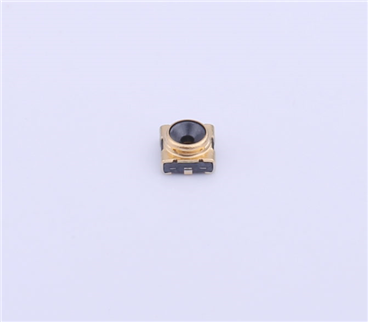


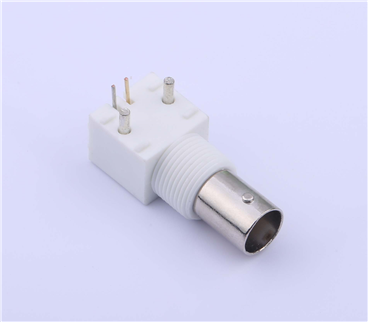
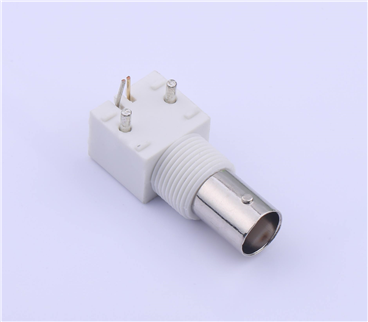

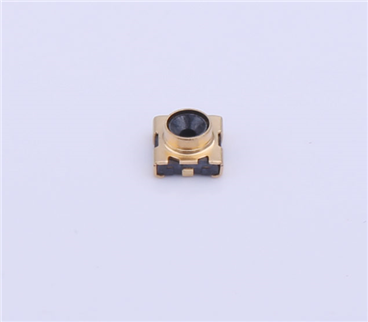
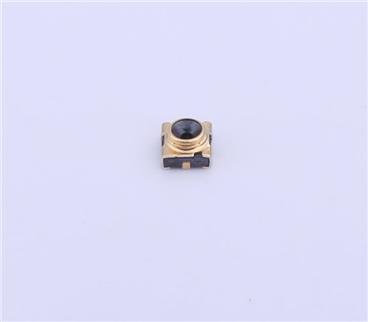

Copyright © Shenzhen Kinghelm Electronics Co., Ltd. all rights reservedYue ICP Bei No. 17113853
